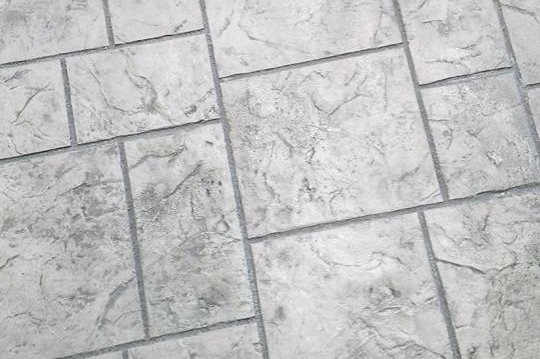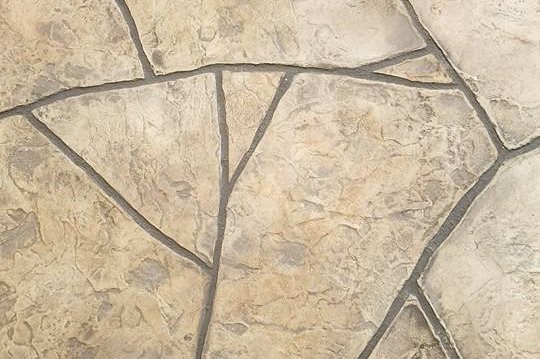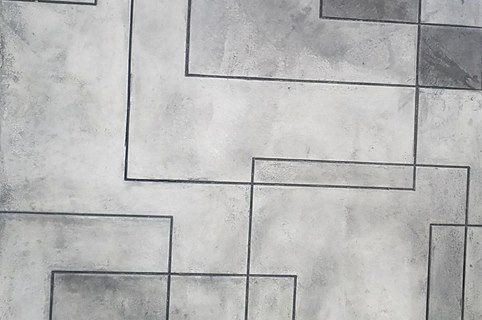- Concrete Stamps
- Get the Look - Stamping Pictures
- Buying Tips for Concrete Stamping Tools: Advice that will help you make smart choices
- Concrete Stamp Cost
- Types of Concrete Stamps: A comparison chart of popular stamps & patterns
- Stamping & Texturing Tools
- Concrete Stamp Mats
- Concrete Texturing Skins
- Medallion Stamps
- Texture Rollers
- Step Forms & Liners
- Installing Stamped Concrete
- How to Stamp Concrete
- Coloring Stamped Concrete
- Concrete Stamp Release Agent
- Sealers for Stamped Concrete
Magnetic Attraction
New line of concrete stamps harnesses the power of magnets to close the gapsEven the most experienced stamped concrete contractors often find it necessary to do some touch-up work with a hand chisel, roller, or texture skin to remove any displaced cement paste that comes up through the joints between stamps. Not only is this process time consuming, those imperfections need to be corrected right away so they don’t become permanent.
A new line of seamless pattern stamps introduced by Proline Concrete Tools eliminates all that oozing at the joints by using strong magnets embedded in all four sides of each stamp to create a tight overlap. You can even rotate the stamps or lay them in an offset pattern to avoid repeat designs, and the stamps will always lock into place.
“You’ll feel them grab. Once they lock in, you know they’re good. There’s no possible way you can mess up,” says Jason Geiser, owner of Deco-Concrete Supply, a supplier of the new Proline stamps.
The large size of the magnetic stamps (4x4 feet) also improves contractor productivity by covering a larger surface area. To reduce the weight, the stamps are made of a durable but lightweight urethane. Built-in handles on the back of the stamps make them easy to pull up from the concrete and relocate.
Three patterns of magnetic stamp sets are currently available — Monterey Stone, Sedona Stone and Urban Stone. Each set of 6 stamps also includes a half-tool for working in tight areas. Proline plans to introduce many more stamp patterns in the future that use the same technology, inculding three new brick patterns about to hit production, followed by a new Bluestone Ashler. “It takes a lot of the confusion out of it,” says Geiser.
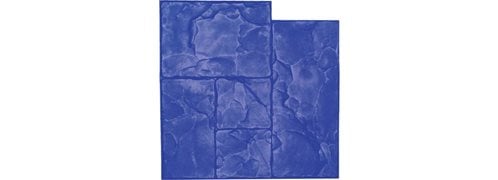 Ashlar Cut Slate Stamp
Hand-tooled with a pronounced texture
Ashlar Cut Slate Stamp
Hand-tooled with a pronounced texture
 Herringbone Used Brick
Tool Size is 44" x 27"
Herringbone Used Brick
Tool Size is 44" x 27"
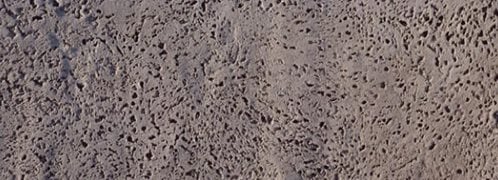 Rock Salt
Seamless travertine off-set
Rock Salt
Seamless travertine off-set
 Bluestone Texturing Skin
6 skin set - only $1,173.20
Bluestone Texturing Skin
6 skin set - only $1,173.20
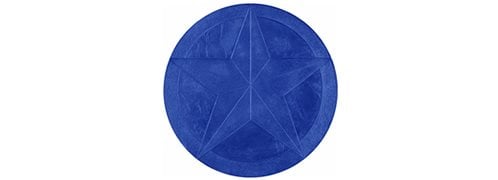 Five Point Star Medallion
Concrete stamp only - $292.00
Five Point Star Medallion
Concrete stamp only - $292.00
 Brickform Stamping Tools
Precision stamping tools
Brickform Stamping Tools
Precision stamping tools

